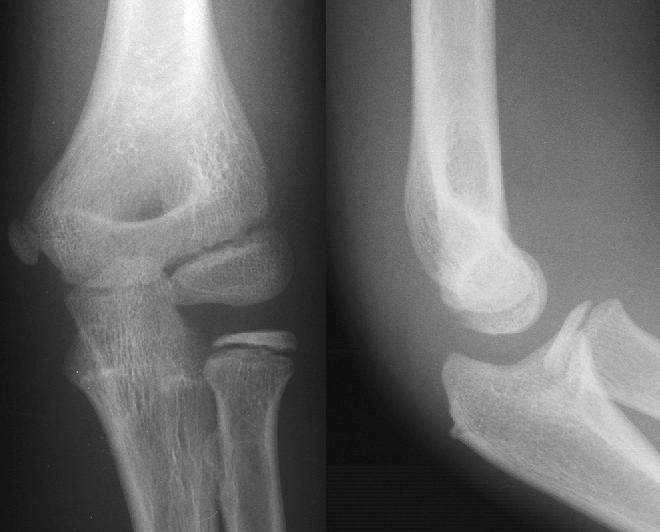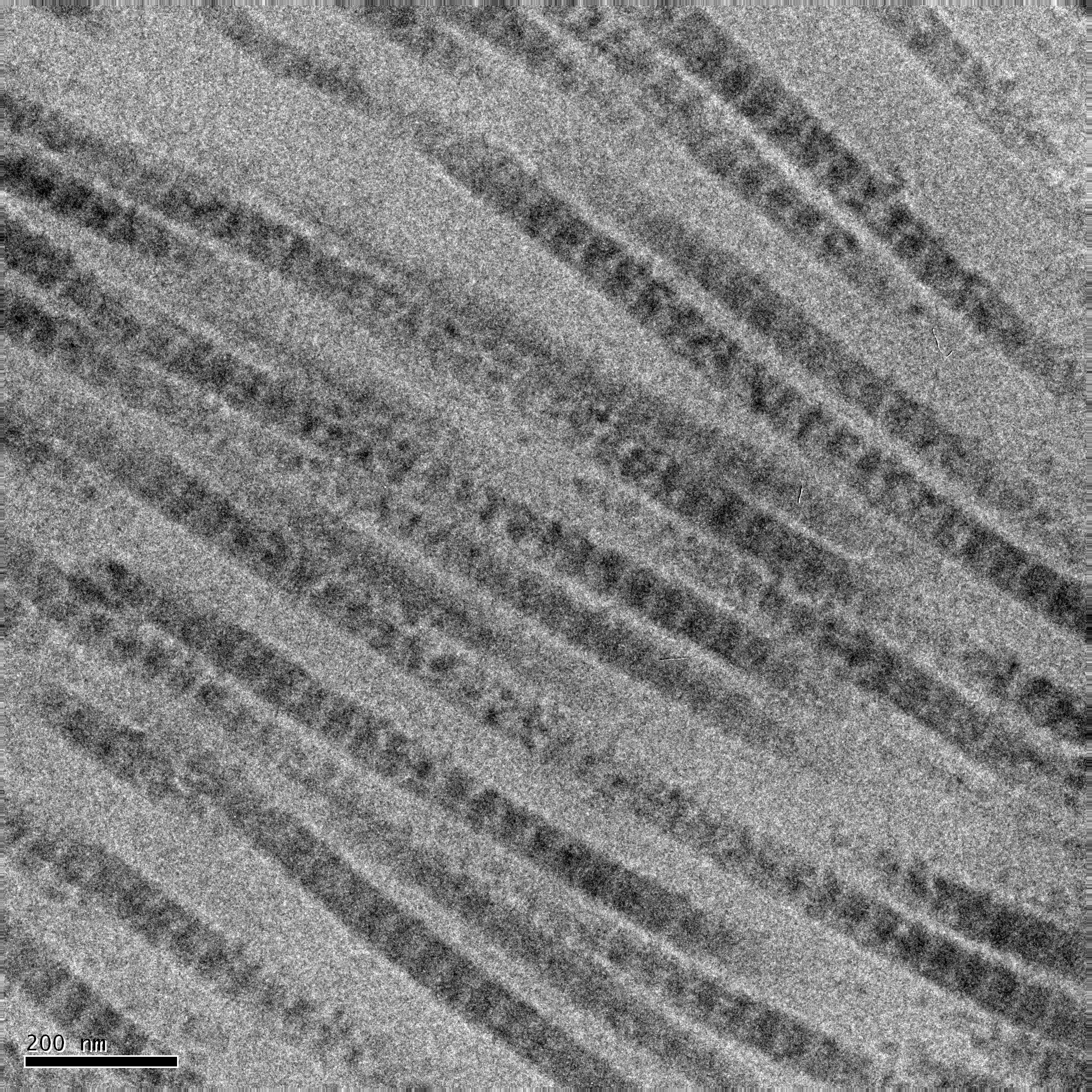Would you live in a city without streets? Or in a flat with no walls? Probably not — and the cells in our bodies expect the same level of comfort. Today, we’re taking a look at the tissues that create and maintain an ideal working environment for our tissues: the extracellular matrix.

Image credits Berkshire Community College Bioscience Image Library / Flickr.
We’ve had a look at the differences between animal and plant cells before (here’s a refresher). One of the key differences between them is that plants reinforce their cells with thick, sturdy walls. These walls are why plant tissues such as wood can get so resilient. However, the reverse of the coin is that it also limits plant cells somewhat: a muscle made out of wood wouldn’t be very effective.
Animals need cells that can perform a wide variety of activities, but these cells also need biological and mechanical support to perform their tasks. That’s where the extracellular matrix, or “ECM”, comes in.
So what is it?
The ECM is a complex mix of proteins and carbohydrates that fills the spaces between cells; it is comprised of the basement membrane and interstitial matrix. Going forward, I’ll use the term ECM quite loosely to mean both ‘the extracellular matrix’ and ‘the interstitial matrix’. If I don’t mention the basement membrane specifically, I’m probably talking about the interstitial matrix (as it’s the more dynamic and frankly more interesting half of the topic).
Think of the basement membrane as a sheet of plastic wrap the body stretches over every individual tissue or organ to keep everything tidy and in place. This membrane is made up of two layers of cells and it’s quite fibrous and hard to rip.

Image via Wikimedia.
The interstitial matrix is, for lack of a better term, the goo that our cells live in. Most of the time, it looks and feels a bit like a clear gel. It’s produced by the cells themselves, which secrete and release certain compounds around them.
The simplest definition of the extracellular matrix is that it represents the sum of non-cellular components present within all tissues and organs. As we go forward, keep in mind that the ECM isn’t the same everywhere.
What’s it made of?
“Although, fundamentally, the ECM is composed of water, proteins, and polysaccharides, each tissue has an ECM with a unique composition and topology that is generated during tissue development,” Christian Frantz, Kathleen M. Stewart, Valerie M. Weaver, 2010.
Collagen, the most abundant protein in mammals, is the main component of the ECM. Outside the cell, collagen binds with carbohydrate molecules and assembles into long molecules called collagen fibrils. These fibrils extend through the ECM and lend flexibility and strength to the material, acting similarly to the role of rebar in reinforcing concrete (which is tough but inflexible). Collagen fibrils are flexible and tough to break, so they’re used to ‘bind together’ the rest of the ECM. In humans, genetic disorders that affect collagen (such as Ehlers-Danlos syndrome) cause tissues to become fragile and tear easily.
While the ECM contains a wide range of proteins and carbohydrates, another important set of compounds alongside collagen are proteoglycans (groups of proteins tied to simple sugars). Proteoglycans come with many shapes and functions, depending on which proteins and sugars they’re made of, and perform a wide range of tasks in the ECM. They can also bind to each other, to collagen (forming cartilage), or to hyaluronic acid, making them even more versatile. As a rule of thumb, proteoglycans act as fillers and regulate the movement of molecules through the ECM among other functions.

Image via Wikimedia.
Their overall structure looks like a tree: the ‘sugar’ part of the polyglycans are twigs set on a branch (the protein), which ties to a trunk made out of polysaccharide (‘many-sugar’) molecules. A class of proteins in the membranes of cells, called integrins, serve as connection ports between the membrane and material in the ECM (such as collagen fibers and proteoglycan-polysaccharide bundles). Beneath the membrane, integrins tie into the cell’s support ‘girders’ (the cytoskeleton).
The type of ECM I’ve described so far is your run of the mill variety that you’ll find in skin, around muscle fibers, in adipose tissue (fat), and so on. But each tissue has an ECM that fully supports its function — blood plasma is the interstitial matrix of blood. Unlike the ECM of muscles, for example, which is meant to reduce friction and wear in the tissue, blood plasma primarily works as a medium to carry blood cells around. Blood vessels are coated with a basement membrane, and together, they form the ECM of blood. Each type of animal connective tissue has its own type of ECM, even bone.
What does it do?

Image credits Berkshire Community College Bioscience Image Library / Flickr.
Seeing as there are many types of ECM out there, it stands to reason that there are many functions they perform. However, by and large, there are a few functions that all ECMs fulfill.
The first and perhaps most important function is that they provide support to tissues, segregate (separate) them, and that they mediate intercellular communication. The ECM is also what regulates a cell’s ‘dynamic behavior’ — i.e. whether a cell moves around, and how. The ECM keeps cells in place so we don’t simply unravel. The connections formed between the ECM and integrins on a cell’s membrane also function as signaling pathways.
It is also essential for the good functioning of tissues at large. The ECM creates and maintains the proper environmental conditions for cells to develop, multiply, and form functioning tissues. While the exact details are still unknown, the ECM has been found to cause tissue regrowth and healing after injury. In human fetuses, for example, the extracellular matrix works with stem cells to grow and regrow all parts of the human body. Fetuses can regrow anything that gets damaged in the womb, but since babies can’t, we suspect that the matrix loses this function after full development. Researchers are looking into applying it for tissue regeneration in adults.
The ECM can also act as a storage space for various compounds. In joints, it contains more hyaluronic acid which in turn absorbs water and acts as a mechanical cushion. ECMs can also store a wide range of cellular growth factors and release them as needed. This allows our bodies to activate cell growth on a dime when needed without having to produce and ship these factors to a certain area.
It also seems to impact cell differentiation and gene expression. Cells can switch genes on or off depending on the elasticity of the ECM around them. Cells also seem to want to migrate towards stiffer areas of the ECM generally (durotaxis) from less-firm ones.
The ECM isn’t very well known today, and it definitely goes unsung. But no matter how you cut it, it is a key part of biology as we know it today. Without it, both animals and plants would be formless, messy blobs — quite literally. And I don’t know about you but I love it when my tissues stay where they’re supposed to, the way they’re supposed to.
Was this helpful?



